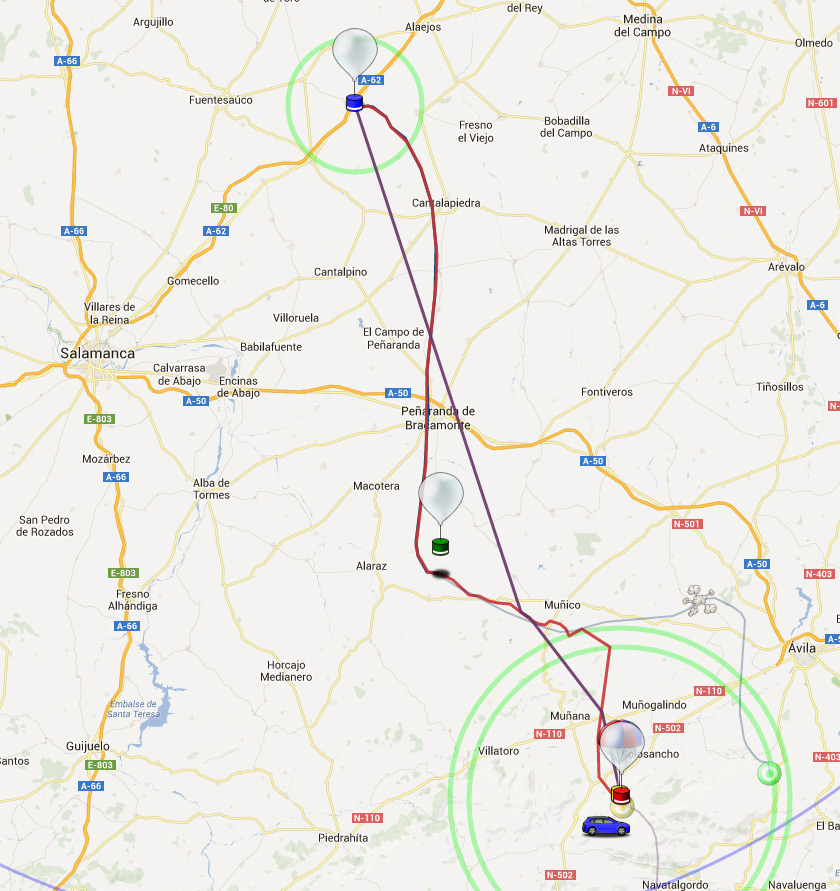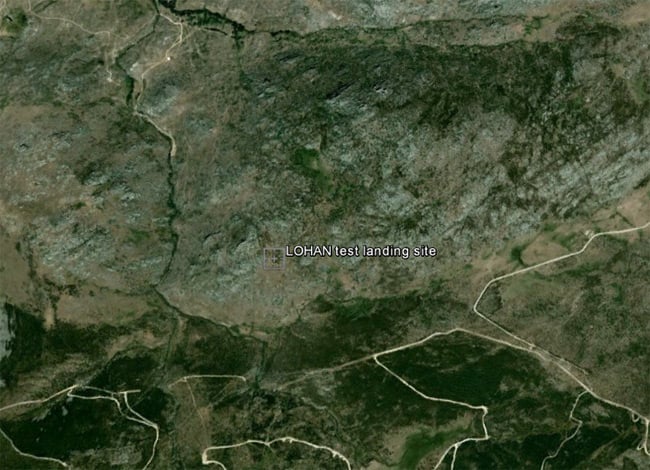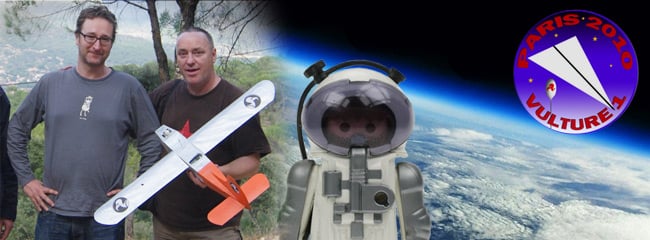Original URL: https://www.theregister.com/2013/09/18/playmonaut_rescue/
DRAMA at 75,000 FEET: Our Playmonaut's TERROR PLUNGE from EDGE of SPACE
Plucky Reg operative finally found in remote valley
Posted in Science, 18th September 2013 12:56 GMT
Pics We're delighted to report that our plucky Low Orbit Helium Assisted Navigator (LOHAN) playmonaut pilot is safe and well, following his dramatic rescue yesterday from a Spanish mountainside.
What started as a routine test flight of the igniter for our Vulture 2 spaceplane's rocket motor, launched in perfect conditions southwest of Valladolid ...
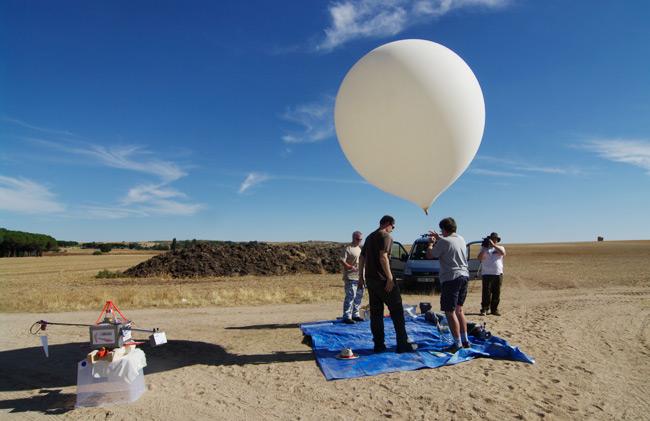
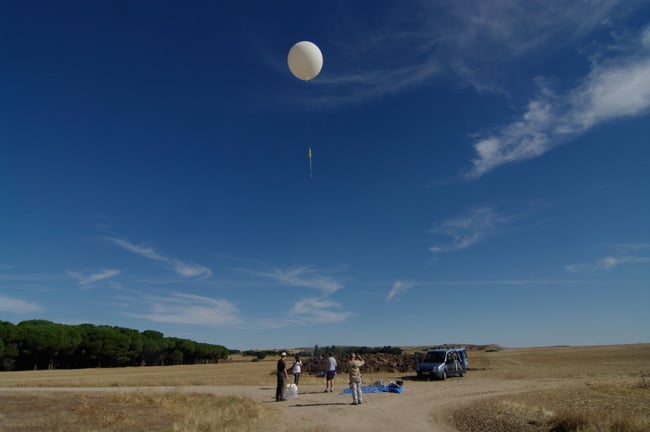
... and rising majestically above the plains of the province of Castilla y Leon ...
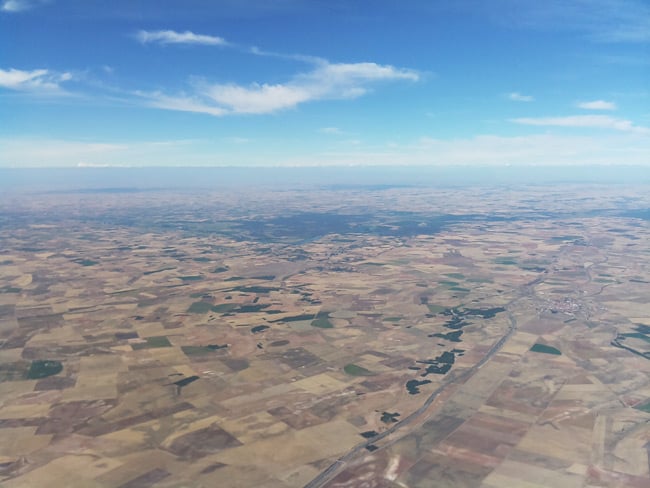
... took a turn for the unexpected when the balloon burst at 23,000m, well short of the expected 32,000m.
Our new playmonaut - undeterred by the sad fate of his illustrious veteran predecessor, who was tragically lost at sea after an earlier LOHAN test flight deviated from plan - was at the controls of the Covert High Altitude Vehicle (CHAV) aircraft, slung under the main payload box. For a bit of fun, we'd decided to use the igniter to cut down the CHAV at the aforementioned 32,000m, after which it would glide majestically to earth.
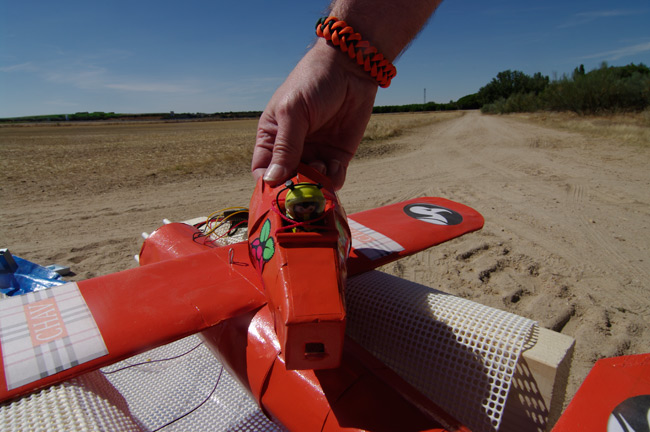
Well, that plan went titsup due to the premature emptying of our mighty helium-filled orb, so the plane came down with the payload somewhere in the mountains south of Avila.
Here's a map, with the red line showing the course of the balloon:
We lost the radio signals from the aircraft's onboard Raspberry Pi, and the main payload's Special Project Electronic Altitude Release System (SPEARS) control board and back-up PAVA tracker, as the whole shebang disappeared behind a mountain ridge.
With only the expected landing position to work with, we were obliged to drive as close as we could get, in the hope of reacquiring radio contact.
Cue a challenging drive up a dirt track...
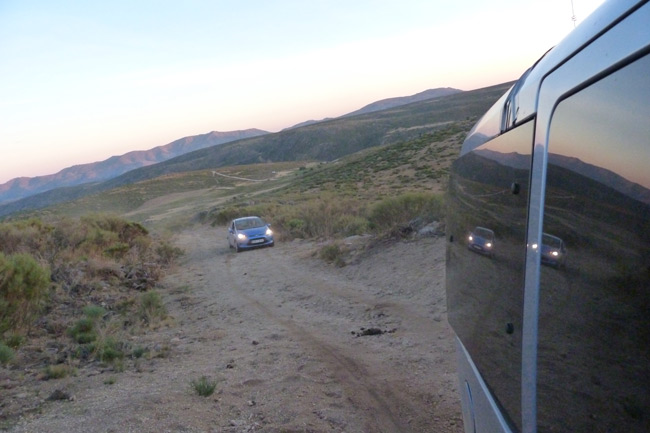
...and a sunset yomp by Dave Akerman and Rob Eastwood to a ridge from where they hoped to get a sniff of the payload. Remarkably, just as the sun was about to set, Rob managed to get a fix with a handheld antenna:
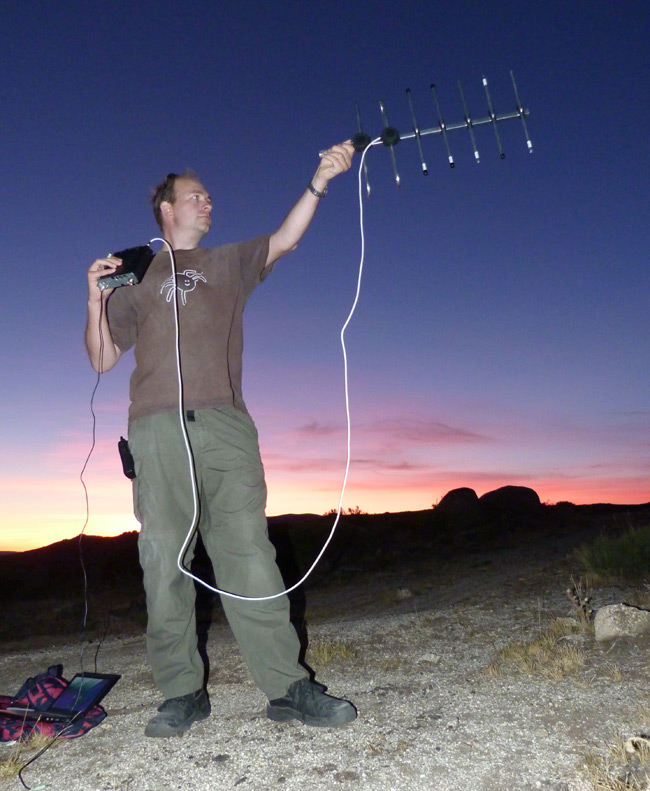
Obviously, a night-time rescue was out of the question, so the next day myself and Dave Akerman jumped back in the van and plotted a route to to take us as close as possible to the landing site, at 40.504211,-4.944428 (.kmz here):
Once we'd driven around 7km up the obligatory dirt track...
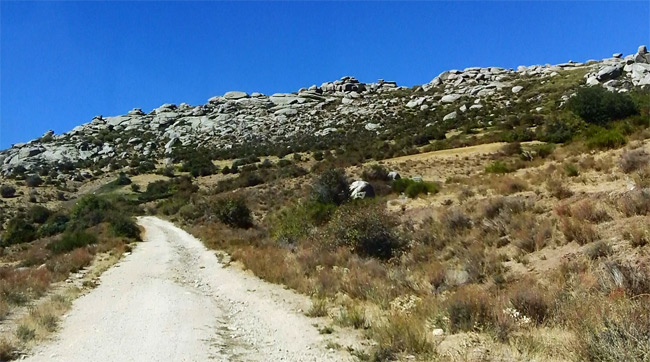
Fortunately no Fossett-style fate for Playmonaut No. 2
...we arrived at a ridge overlooking the valley in which our playmonaut had spend the night:
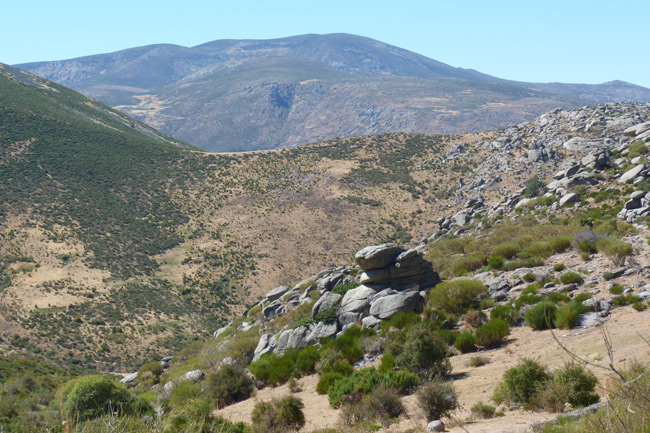
After a 1km trek...
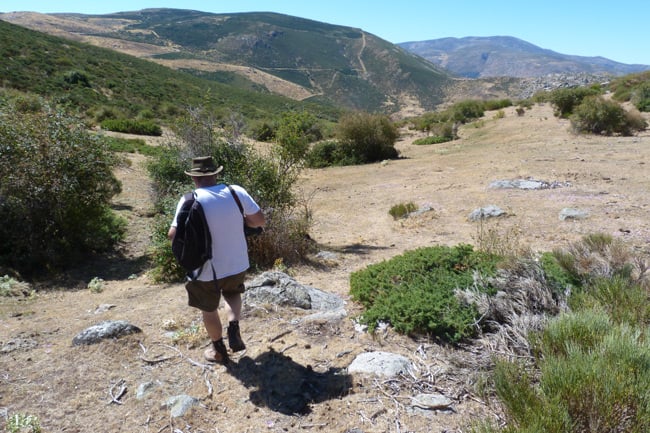
... we walked right up to the payload:
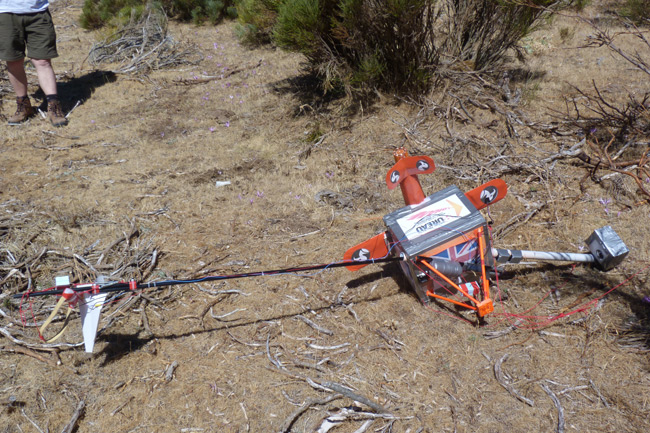
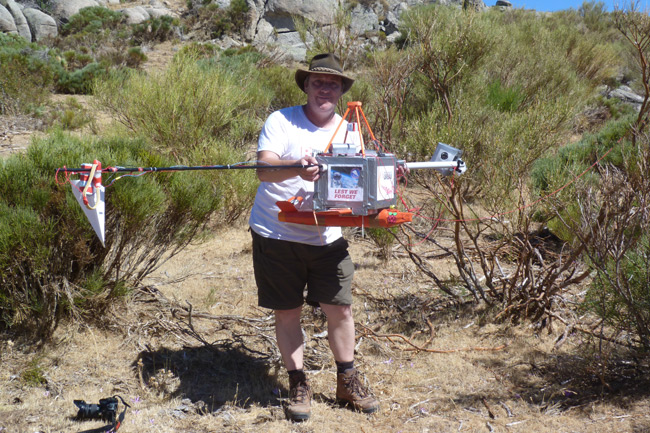
Our diminutive 'naut was shaken but otherwise well. The CHAV had hit the ground with a hell of a bang, but the nose had absorbed the impact:
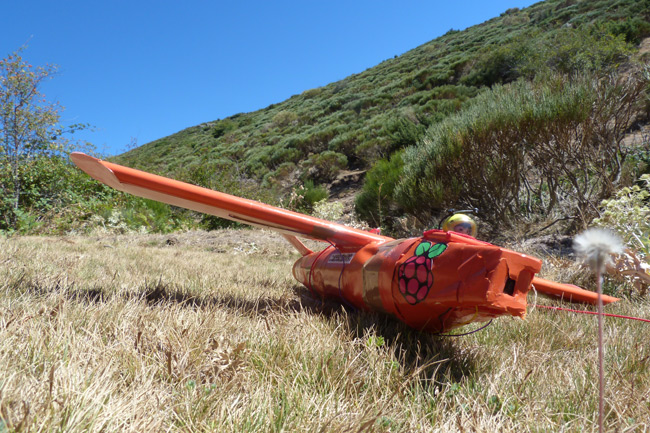
Here are two remarkable images from the aircraft's nose mounted Raspberry Pi camera, before the ground rushed up to meet it:
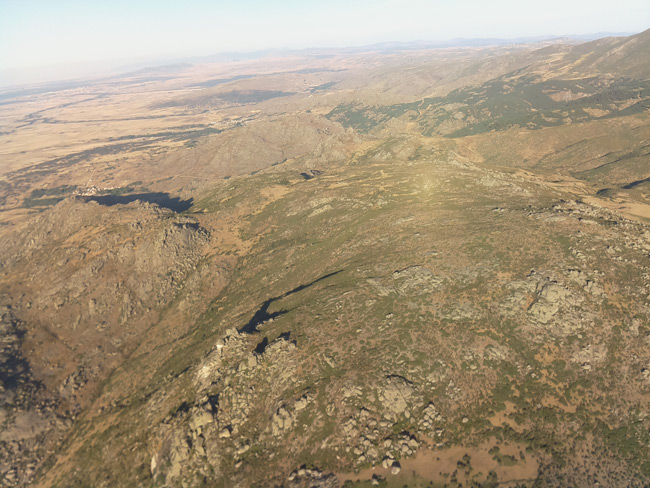
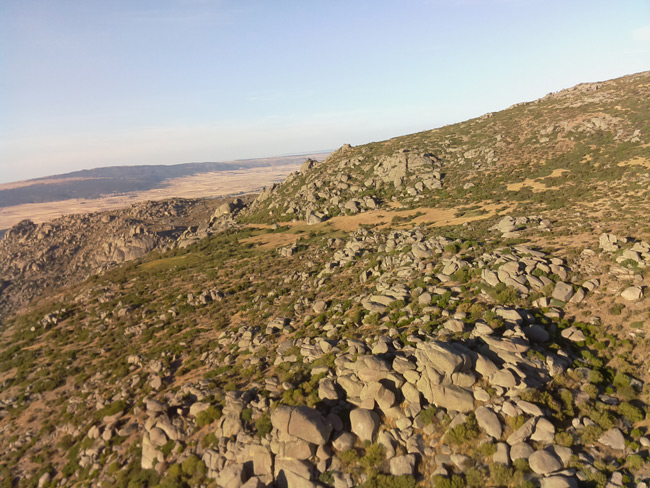
Boomcam stills as the CHAV plummets toward destiny
The main payload camera - a GoPro HERO2 mounted on a boom - performed to similar spectacular effect for most of the flight, as these stills show:
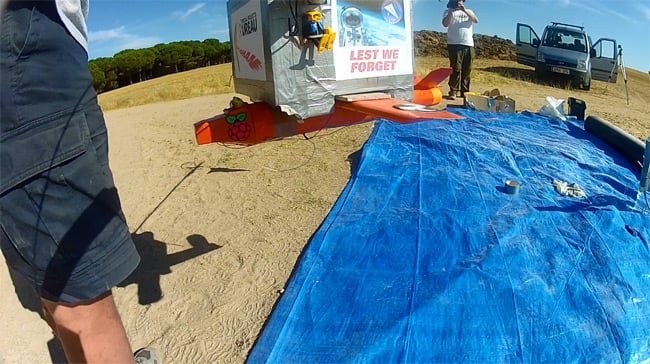
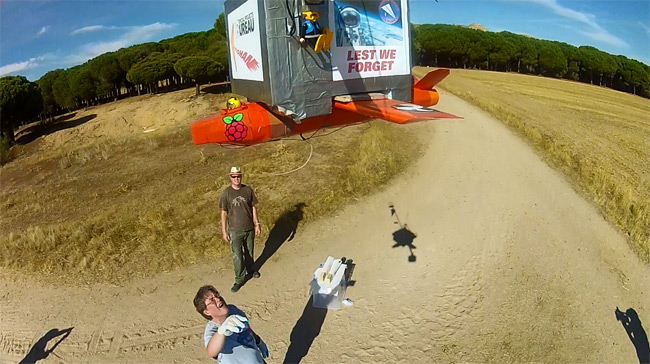
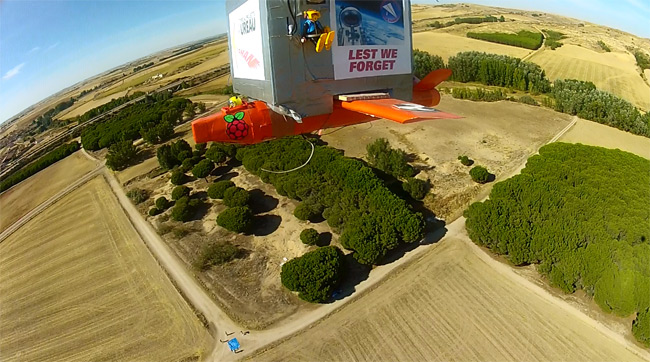
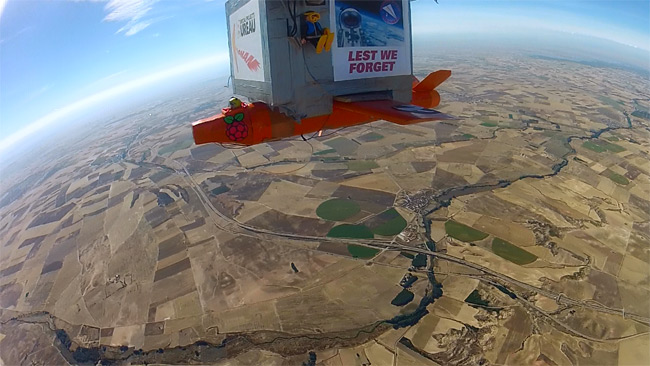
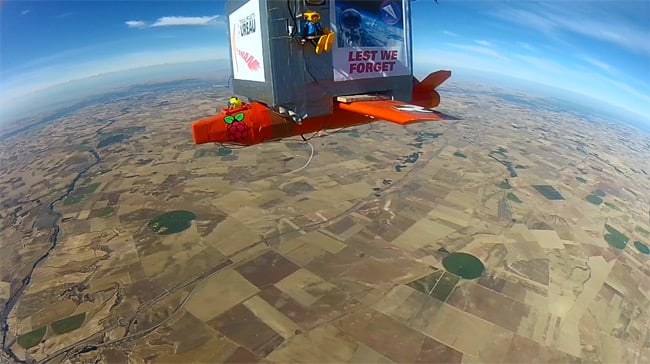
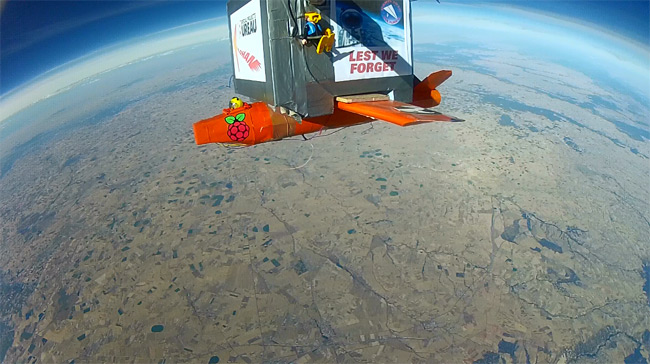
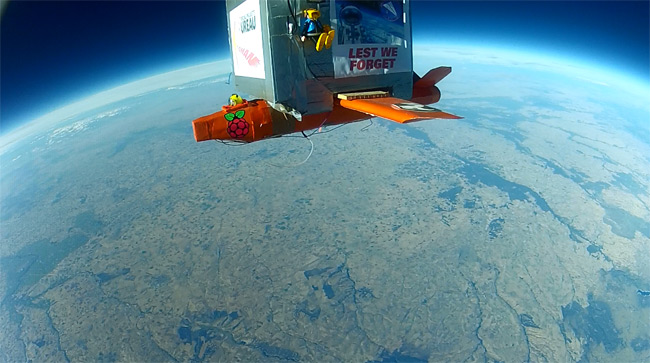
We say most of the flight, because it too got the living daylights knocked out of it on the landing. Luckily, it was mounted in a styrofoam box, which absorbed most of the impact:
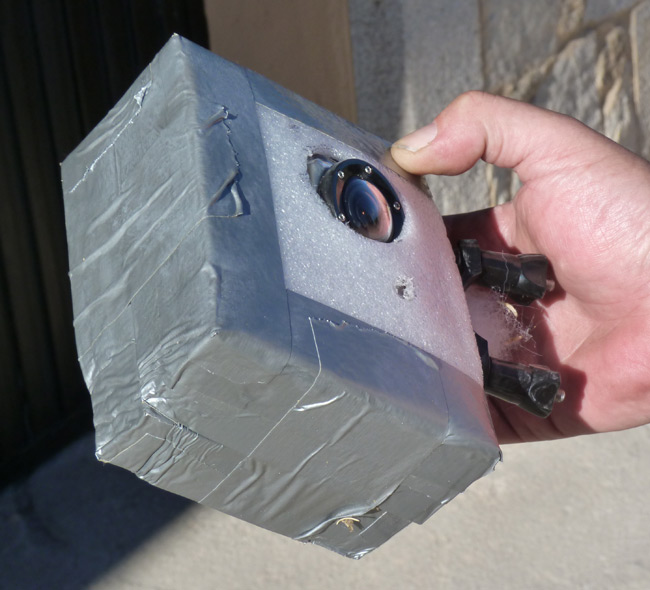
The hard landing meant we lost the footage just before impact - probably because of an interruption of the buffering to SD card process - but here's the last frame:
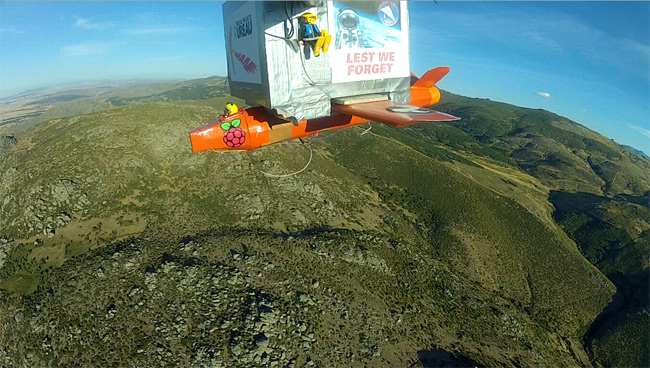
As for the cause of all this drama, the balloon was certainly to blame, having split prematurely instead of shredding at its burst point:
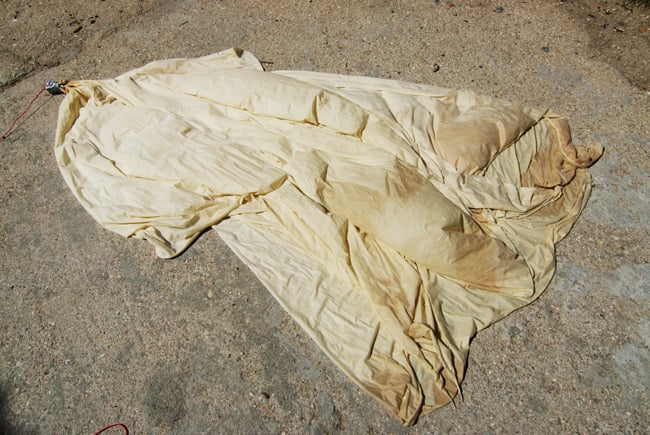
Well, there's no point in moaning about it now, and as readers will have realised we now have to knuckle down to a second igniter test flight test. That'll be tomorrow, and we'll give you the details later today so you can follow the action live. ®
Bootnote
We've got plenty more Picam stills, and we'll bring these to you as soon as we get a minute. Similarly, we'll put together a video from the GoPro footage.
Further LOHAN resources:
- New to LOHAN? Try this mission summary for enlightenment.
- You can find full LOHAN coverage right here.
- Join the expert LOHAN debate down at Reg forums.
- All the LOHAN and Paper Aircraft Released Into Space (PARIS) vids live on YouTube.
- For our SPB photo archive, proceed directly to Flickr.
- We sometimes indulge in light consensual tweeting, as you can see here.
